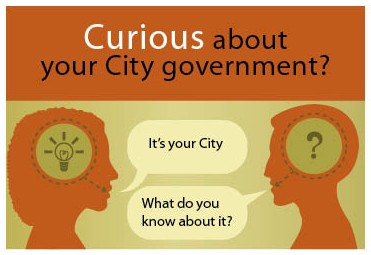- 59 of you said the Toronto Star map
- 16 of you said the City of Toronto map
- 17 of you said both maps
- and 6 of you said neither map
Comments:
- I have a feeling there would be less bike lanes if it was a local vote. Too many stores love their parking!
- Bike lanes are all about cross-jurisdictional connection. City-wide ALL THE WAY!
Comments:
- Rational decision can override NIMBY tendency in a city wide decision. Look at Vancouver’s planning success w/city-wide decisions (i.e. no Ward system).
- If the City was smart and listened to the neighbourhood, this could be a City decision. My thoughts – more low to mid-rise buildings 4 -6 storeys. Let’s keep a sightline, not make a condo eyesore.
Comments:
- Ward 14 and many others are restricted from getting parking permits for front lawn parking. Street parking is congested – may have to park (1/2 – 1) block away. Tough on seniors.
- Front yard parking should be homogenous throughout the city. There is something to be said for keeping the city looking nice and put-together.
- Is a local level going to really be able to “see” parking needs on a large scale?
Comments:
- Too much NIMBYism for this to work at a local level
- [responding to above comment] Totally agree! But, amazed by the response people are making here tonight!
- Neither. Focus should be on eliminating them. (Housing)
- We need to stop NIMBYing this and remove the ghettos.
- I think it’s important for income level mixing. Upper middle class neighbourhoods probably wouldn’t be down with affordable housing, so City should step in.
- City. Local will never agree to it. Nothing will get done.
- [possibly in response to above comment] Stop NIMBYism! Stop ghettoisation. I strongly concur.
- Local interest should be kept in mind and the planning should be in city-wide perspective.
Comments:
- If it’s left up to the neighbourhood, unless it’s already a “big box” neighbourhood, of course they won’t accept a big box retail development. Great, but “un-fair” to the big box. Not really fair if the decision by locals is already known to be “No.”
- Local has a say when it comes to a project this significant. However, the city will truly know best.
- Local should make the choice – it’s their neighbourhood. Corporation stores hire less people and money is transferred out. “Mom and Pops” help keep local dollars local. We need to move towards a smaller, local community.
- Tough call – if I think the neighbourhood I lacking in a retail centre I would like to have one. If the neighbourhood is functioning well with a set of small retailers and City planners put in a Big Box then it goes against the current stability and support of small retailers. This one is case-by-case.
- At a city-wide level there will be less likelihood of homogenous decision thinking or “group think.” The more input the better.
- That kind of business would impact greatly on small local businesses which make up the character of the neighbourhood.
- The local vs. the city question for many of these questions greatly relies on whether people trust the “City” to know and understand the greater good as well as the individual nature of different neighbourhoods, which it should…
- Decisions should be made locally and City-wide.
Comments:
- Would assume a local demand would be called for, not city-wide. The City will make locations accessible that are not in greatest need. If anything – work alongside.
- Should be local, because the locals know best if it is necessary – the residents know if it’s needed or not.
- Specialize knowledge would be nice, but I think communities can make good decisions if they have the info.
- This will actually fall under provincial legislation…Accessibility for Ontarians with Disabilities Act
- [response] All parks should be accessible for everyone
- City-wide – for social equity.

No comments:
Post a Comment